Coming from the viewpoint from a theatre fanatic, it breaks my heart a little to see some of this country’s great theatres in a state of disrepair, crumbling apart, fading away, and taking every ounce of history away with every chipping of paint. There’s magic in these beautiful old buildings, theatrical history in every footstep that has crossed those once much loved stages. But yet, up and down the country, there are theatres left abandoned, deserted, and falling apart before our very eyes.
Even if you are not a massive fan of the theatre, surely you can see the sadness in it all. A theatre can play an important role in a thriving city, aiding employment figures and driving a night time economy. It can also become a city’s cultural identity. So why would the powers at be of a city choose to let their theatre close down and rot away? Every year, the Theatres Trust publishes a Theatres at Risk register and this year 30 theatres are featured. That’s 30 stages left abandoned and the possibility of hundreds of years of history disappearing without a trace.
The theatres at risk are catagorised by three factors which a score of between one and three being given for this. These scores are then combined to create an overall risk rating.
Community value – which assess the communities demand for a theatre and the viability of the building once again being used as a performance venue
Star value – an assessment of the building’s architectural quality and workability as a theatre.
Risk factor – assesses the risk to the building from demolition, development, alteration or decay.
I want to shine a light of these theatres, shine a light on the history that needs saving before it is too late.
The Brighton Hippodrome
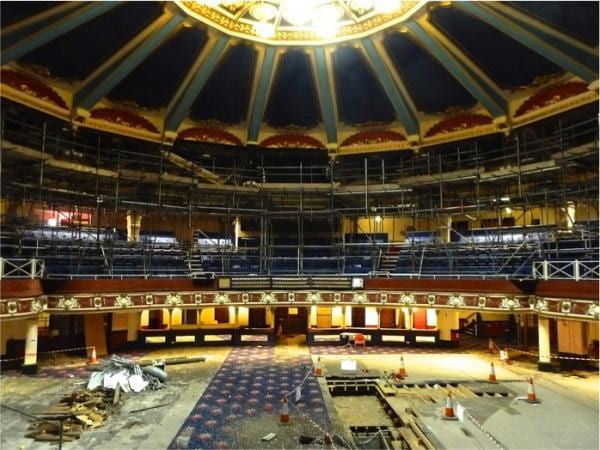
Converted into a circus in 1901 by Frank Matcham, The Brighton Hippodrome is considered to be the finest remaining example of a circus theatre in the country. This theatre is famed for it’s large circular auditorium, with a possible capacity of 1500 and its vividly decorated ceiling in the style of a paneled tent like that of a Big Top. After being used as a circus, the venue was reopened at a variety theatre by Thomas Barrasford in December 1902. During it’s theatrical heyday, the venue played host to a number of famous stars including Harry Houdini and Sammy Davis Jr. Laurence Olivier made his professional stage debut here, famously falling over on his first entrance.
The theatre closed in 1964. It then had a short lived life as a film and television studio before sadly being converted into a Mecca Bingo Hall which remained in use until 2006. In the same year, the Brighton Hippodrome was placed on the Theatres at Risk register where it has remained ever since.
In 2014, there were plans to convert the building into a multiplex cinema which would have seen the famous auditorium divided and the rear of the building built over, meaning that it could never return to being a theatre. The proposed cinema operator pulled out of the project in 2015 then four years later, private investor HIPP Investments released images of it’s new proposals for the building including a spa and hotel complex. Full details for this project have never been released but there have been concerns that it would not suit the heritage of the building and that it would prevent any possibility of the building being a theatre again in the future. The building remains out of use at this point.
Community value – 3
Star value – 3
Risk Factor – 3
Risk Rating – 9 (Highest possible risk)
The Theatre Royal Margate
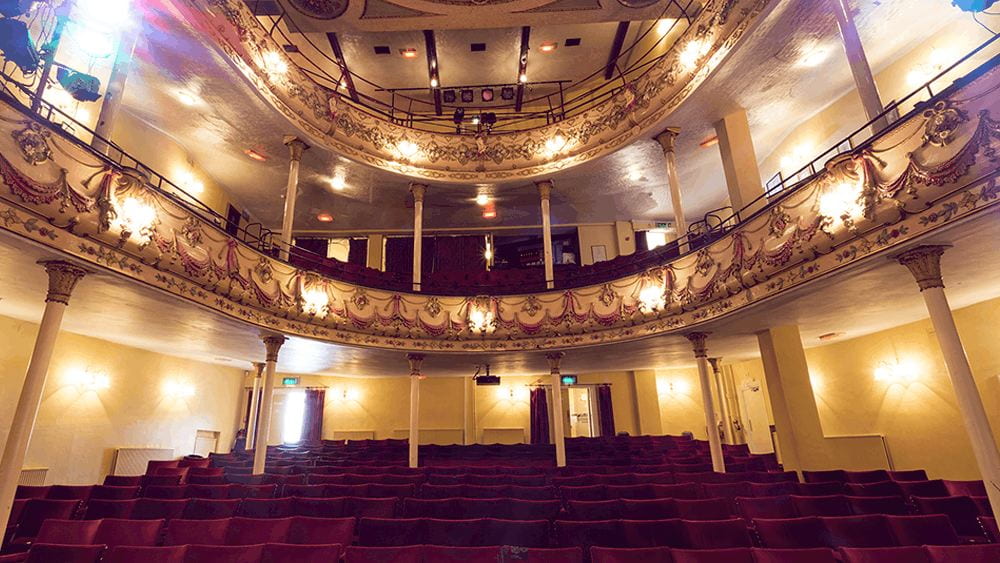
Although the Theatre Royal Margate does remain open to small scale productions, it is still classed as At Risk. The original building was constructed 1787 and was used as a theatre, a chapel and a cinema between then and 1963. It was remodeled by J.T Robinson (father in law to Frank Matcham, architect of The Brighton Hippodrome) in 1874 and reopened as a theatre in 1988. Only two auditoriums designed by Robinson still remain to this day, this venue at the Old Vic in London and following the remodeling to the proscenium arch at The Old Vic, the Theatre Royal Margate is the last remaining theatre with the original design still in tact.
The theatre is currently owned by Thanet County Council and operated by Your Leisure but there are concerns that if there was any drop is subsidy, the ability for the building to remain open would decrease. In 2019, the University of Kent’s School of Architecture ran a module about the theatre in the hope of raising awareness among the student population.
Community Value – 3
Star value – 3
Risk Factor – 2
Risk rating – 8
The Winter Gardens, Morecombe
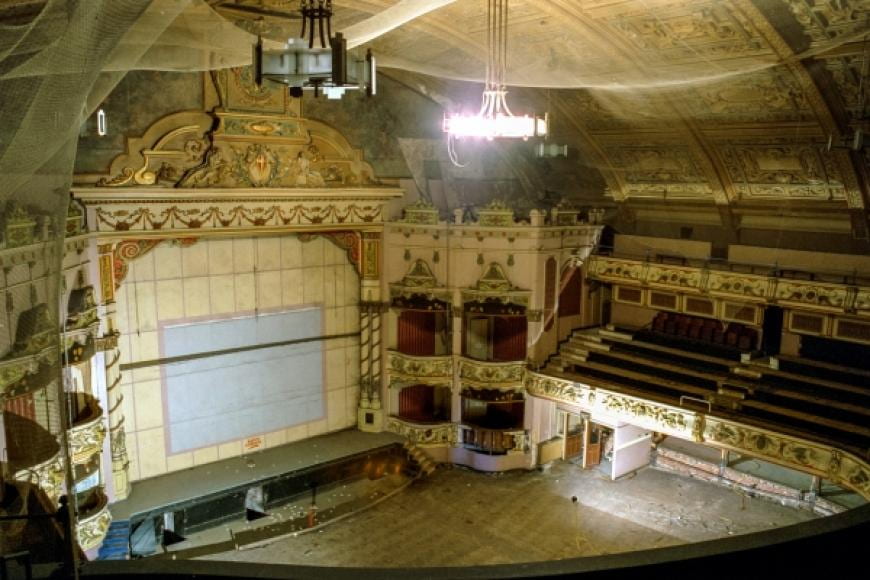
Constructed in 1897 as The Victoria Pavilion Theatre, the Winter Gardens Morecombe is a Grade II listed concert hall, famed for it’s decorations of original tiles and mosaics. The theatre has been placed on the Theatres at Risk register every year since 2006, despite the fact that The Friends of the Winter Gardens slowly restoring the building.
The theatre is still open to the public for a number of mixed entertainment events, but only on the ground and stalls levels. The Balcony areas are in a bad way and currently closed to the public whilst the circle is only open for tours and features no public seating for events. Progress on the project is slow, but it is being done. Thanks to a number of grants, the heating is being repaired and the dressing rooms are being refitted. There is still a lot to do, but it is believed that one day, the Winter Garden’s theatre will be fully reopened to it’s full potential.
Community value – 3
Star value – 3
Risk factor – 2
Risk rating – 8
Dudley Hippodrome
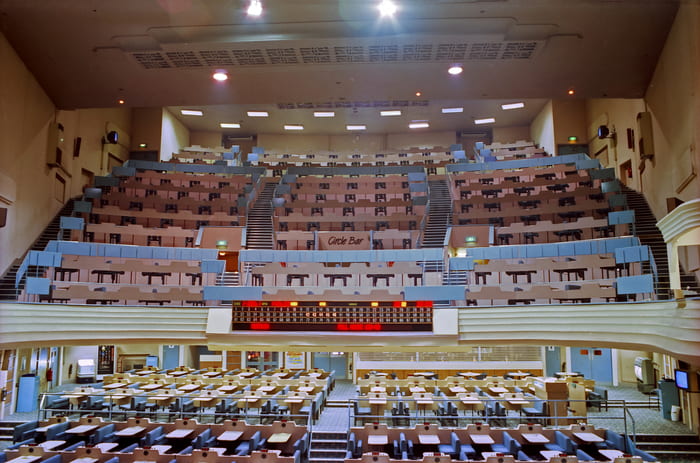
Built in 1937, the Dudley Hippodrome has been on the Theatre’s at Risk register since 2010. It operated as a theatre until 1964, when it become a bingo hall. The building was well cared for during it’s time as a bingo hall but has fallen into disrepair since it’s closure in 2009. When the building came into the care of the local council, there were plans in place to demolish it but numerous plans over the years have put a stop to this and the building still stands.
Hopes of turning the building back into an entertainment venue have suffered a number of set backs over the years, including rejections from the council and proposals from private investors. Whilst there are no confirmed plans for the future of this building, it is believed that any interior alterations can be reversed and that the hippodrome could one day be returned to it’s original purpose.
Community value – 3
Star value – 2
Risk factor – 3
Risk rating – 8
Victoria Theatre Salford
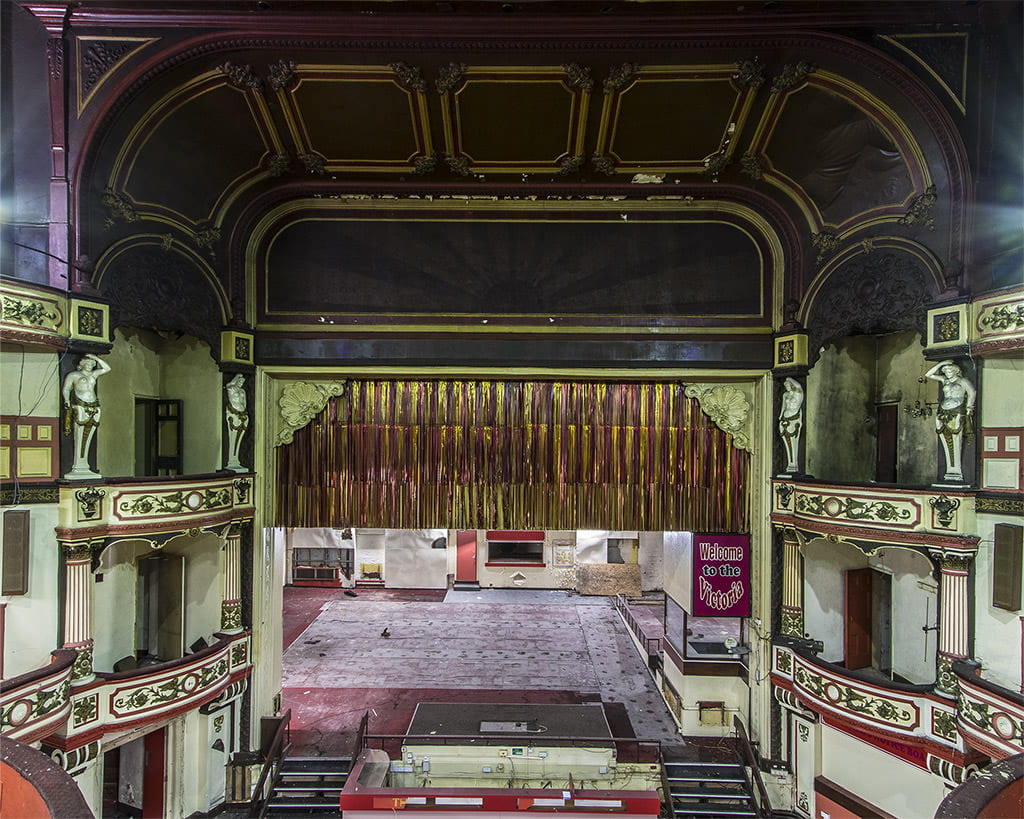
Designed by Bertie Crewe, the foundation stone of the Victoria Theatre Salford was laid in 1899 by actor Henry Irving and Bram Stoker, writer of Dracula and opened with it’s 2000 seat capacity 1900. Despite it’s potential as a performance space, the theatre started showing films in 1902 and officially became a cinema in 1913 before reverting back to being a theatre in 1917. The theatre then went dark and closed in 1971.
Much like many other theatres, the building was used as a bingo hall between 1980 and 2008. During this time, the interior was severely damaged when the third floor was removed. Following it’s closure, work has been done to repair some of the damage to the roof but foliage now grows through the front of the building and the front canopy was removed when a truck crashed into it.
The area around the theatre is due to be regenerated, and many hopes that these plans will include a future for the theatre but it believed that the private investor who currently owns the building currently has no plans for it.
Community value – 2
Star value – 3
Risk factor – 3
Risk rating – 8
Spilsby Theatre
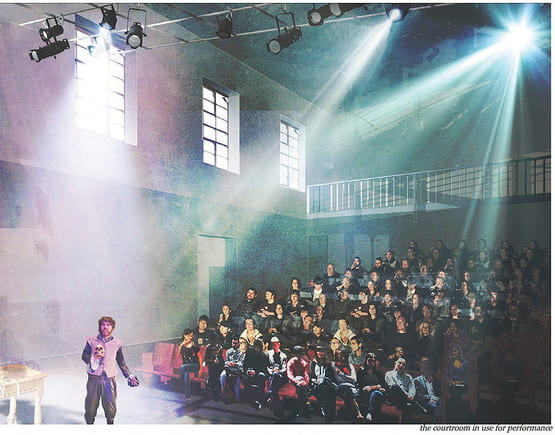
Using space from a former Sessions house and jail, The Spilsby Theatre opened in 1984. The stage stands in the old courtroom and the old holding cells are now dressing rooms. The theatre was placed on the At Risk register in 2015 when Charity owners the Dandelion Trust began to struggle with finding the funds for the buildings upkeep. The auditorium was closed in 2015 because of fears for the ceiling safety but events continue to take place in other rooms of the building.
The sessions house community interest company officially registered as a not for profit company in 2016 in the hope of raising funds to save the building but suffered a set back in 2017 when part of the ceiling collapsed in the building’s bar area. It is a big concern that if no further action to prevent further damage takes place in the next three years, the building could be closed down for good.
Community value – 3
Star value – 2
Risk factor – 2
Risk rating – 7
Streatham Hill Theatre
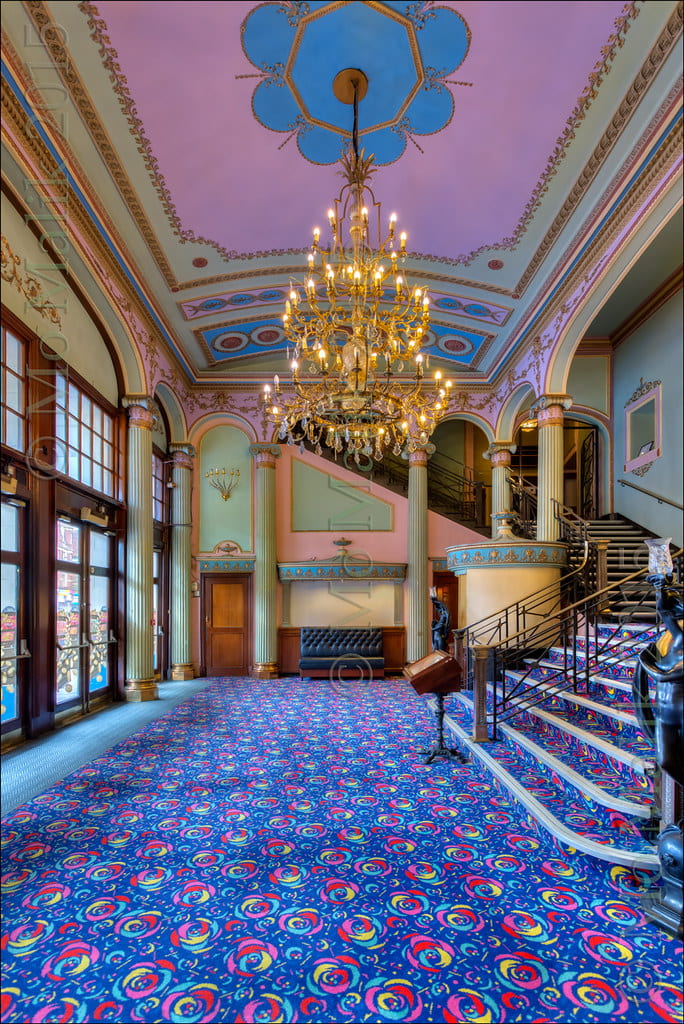
W.G.R Sprague is the architect behind some of the West End’s most famous theatres including the Wyndams, The Noel Coward, The Novello, The Guilgud, The St Martin’s and the Ambassador’s, but he was also the man behind the construction of The Streatham Hill Theatre in Lambeth. It opened in 1929 as a home to variety, ballet and opera and operated as such until 1962 when it was sadly converted into a bingo hall. The auditorium was then closed in 2017 before being placed on the theatres at risk list in 2018.
Beacon Bingo currently operate a slot machine casino out of the rear of the stalls area only, leaving the future of the building unknown. In 2019, Lambeth council listed the building as an asset of community value, protecting it some from future development but no future plans for the reopening of the theatre as a performance venue have been announced yet but it is believed that this is the hope.
Community value – 3
Star value – 2
Risk factor – 2
Risk rating – 7
Groundlings Theatre
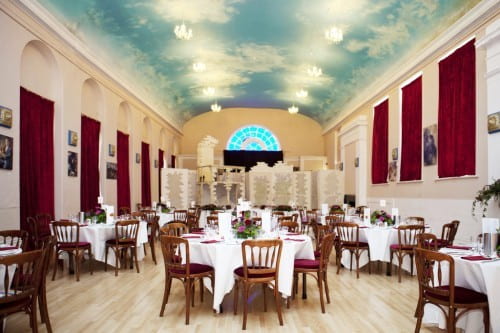
Opened in 1784 as a school, the building has been used as an entertainment venue since then. It has been changed throughout the years from a school to a training centre to a community hub, and survived a potential disaster in 2004 when it was hit by a stray firework. A number of original features such as fireplaces and floorboards remain, and versatile steel seating decks allow the space to be used in a number of different ways.
The Groundlings Theatre was placed on the theatres at risk register for the first time this year following struggles with the financial upkeep of the building and a robbery in 2019 which saw a number of valuables stolen.
Community value – 3
Star value – 2
Risk factor – 2
Risk rating – 7
Theatr Ardudwy
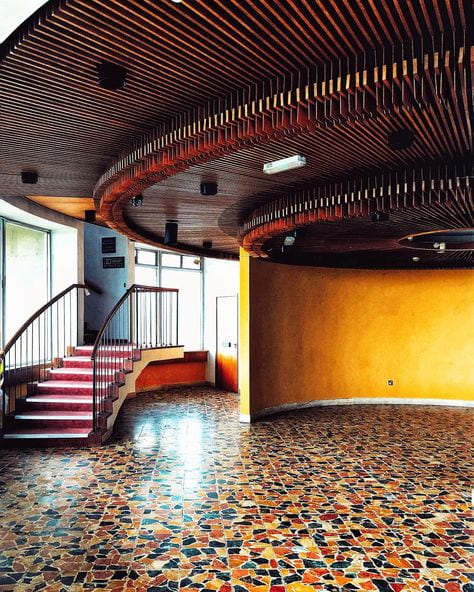
Constructed in 1973 as part of an adult education college, Theatr Ardudwy is a fine and clear example of brutalist architecture. Safety concerns forced the theatre to close in 2018, as repairs to the concrete and steel exterior of the building has not been carried out for a number of years. It was suggested that the theatre should be demolished until it was discovered that it was protected under the same conditions as the attached college.
A robbery in 2018 saw lead and other materials stolen from the roof of the theatre and the college buildings, and in 2019 the buildings owner Leslie Banks Irvine, a local businessman put the building on the market, leaving it’s future unknown.
Community value – 3
Star value – 2
Risk factor – 2
Winter Gardens Pavilion
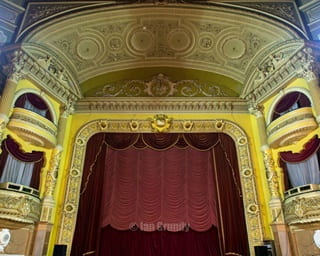
Constructed as part of a vast entertainment complex between 1875 ans 1939, The Winter Gardens Pavilion opened in 1889.
In 2013, it was found that the building had many structural issues including a leaking roof and crumbling plaster work. Immediate repairs would cost over 2 million pounds. Preventative measures were used to make the roof weather tight but there is still a lot of work to be done. Although the stage house is now a restaurant, the auditorium still retains a majority of it’s original features. Despite heritage lottery agreeing to fund a project that would see the pavilion become a museum, the project was scrapped in 2017.
In 2018 it was announced that a partnership between Sell A Door productions and Blackpool entertainment company was planning to bring live theatre back to the venue.
Community value – 2
Star value – 3
Risk factor – 2
Risk rating – 7
